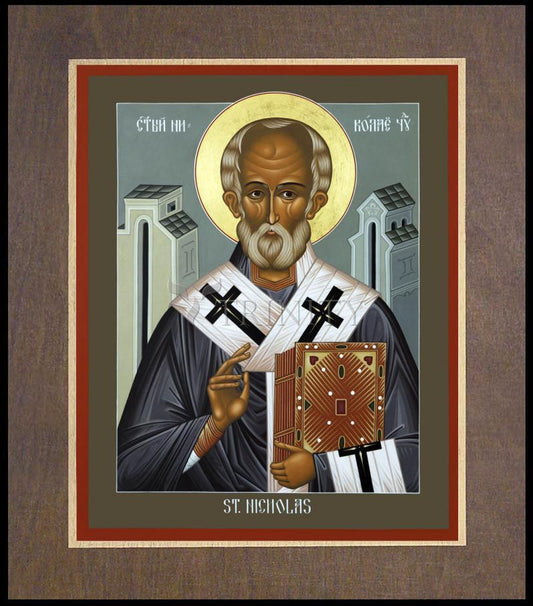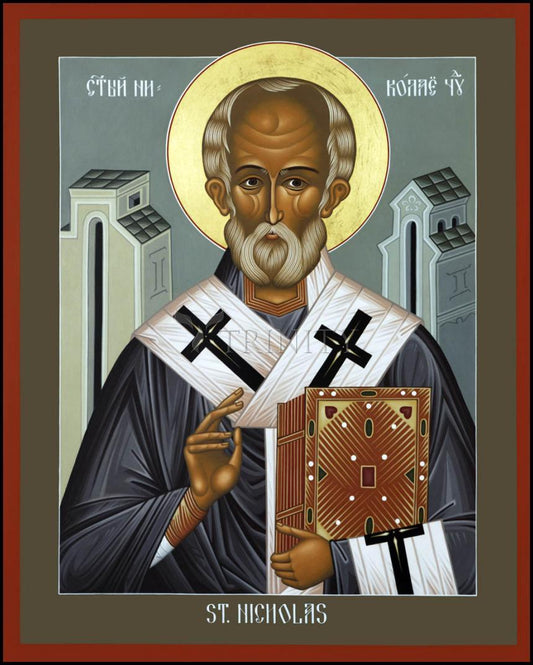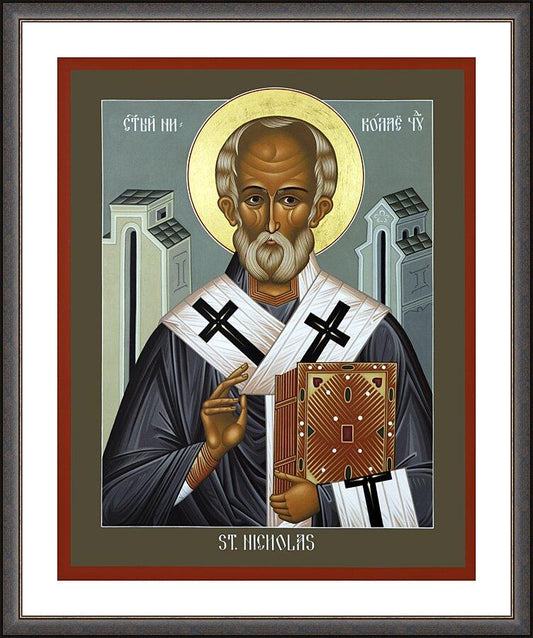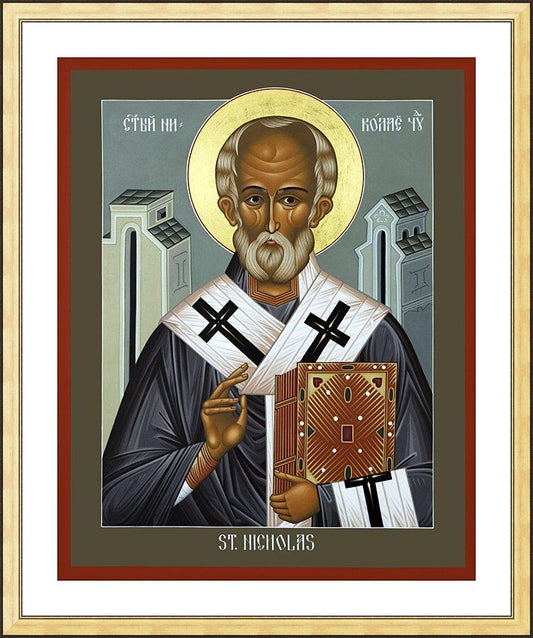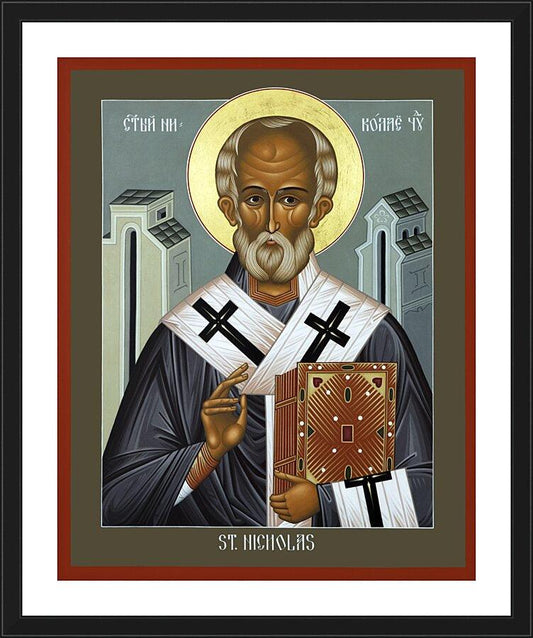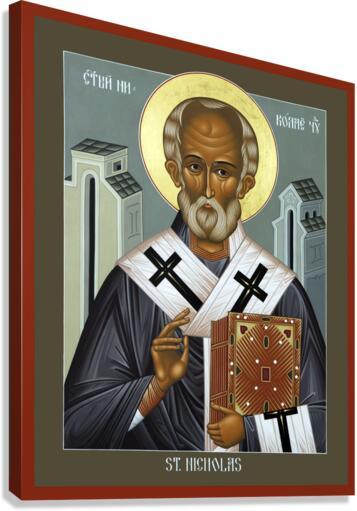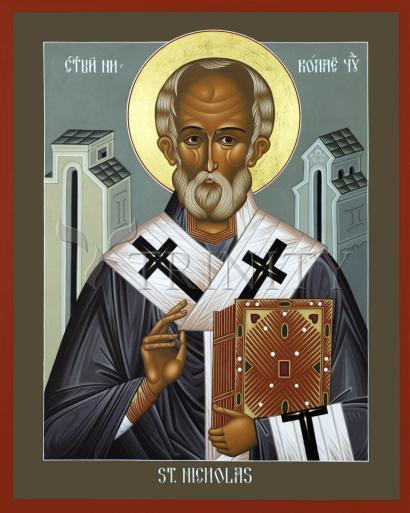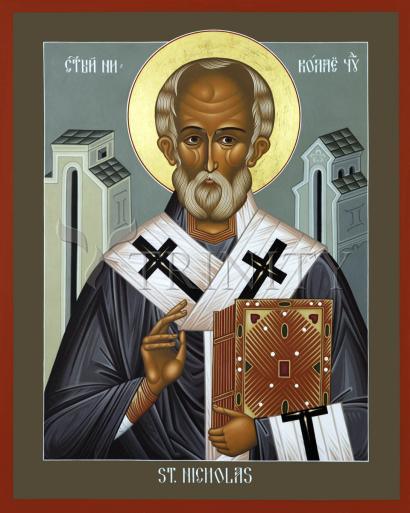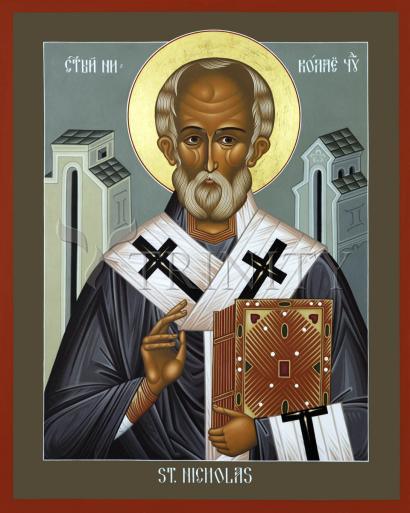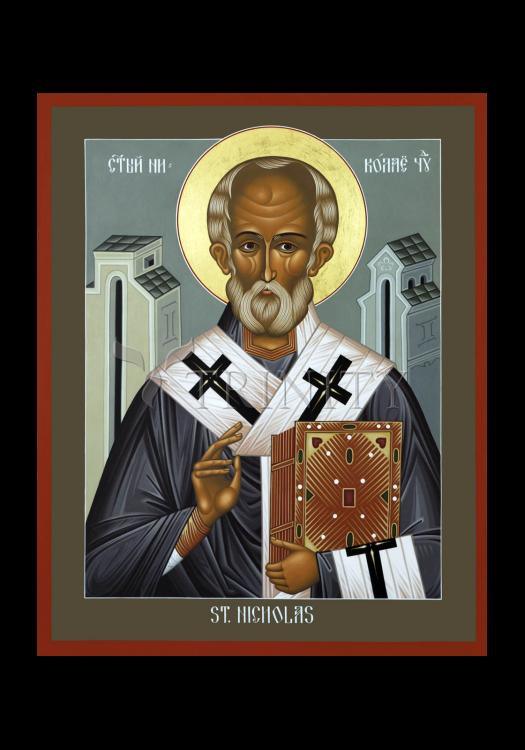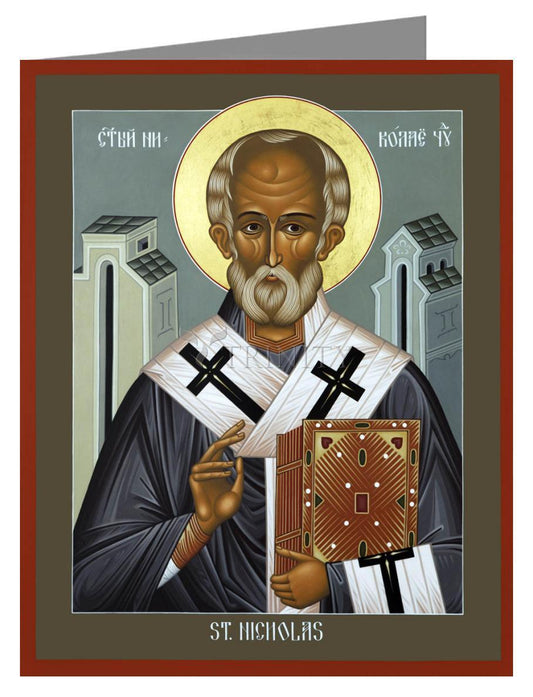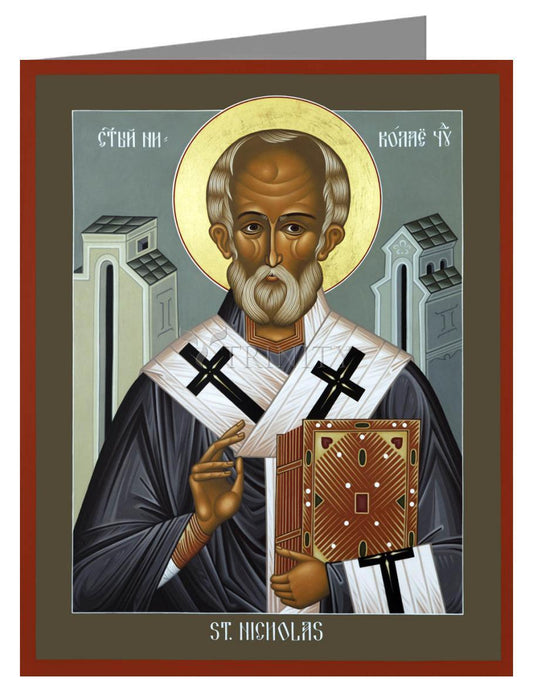Saint Nicholas, also called Nicholas of Bari or Nicholas of Myra (flourished 4th century, Myra, Lycia, Asia Minor near modern Kale (Demre), Turkey; feast day December 6), one of the most popular minor saints commemorated in the Eastern and Western churches and now traditionally associated with the festival of Christmas. In many countries children receive gifts on December 6, Saint Nicholas Day.
Nicholas's existence is not attested by any historical document, so nothing certain is known of his life except that he was probably bishop of Myra in the 4th century. According to tradition, he was born in the ancient Lycian seaport city of Patara, and, when young, traveled to Palestine and Egypt. He became bishop of Myra soon after returning to Lycia. He was imprisoned during the persecution of Christians by the Roman emperor Diocletian but was released under the rule of Emperor Constantine the Great and attended the first Council (325) of Nicaea. He was buried in his church at Myra, and by the 6th century his shrine there had become well-known. In 1087 Italian sailors or merchants stole his alleged remains from Myra and took them to Bari, Italy; this removal greatly increased the saint's popularity in Europe, and Bari became one of the most crowded of all pilgrimage centers. Nicholas's relics remain enshrined in the 11th-century basilica of San Nicola at Bari.
Nicholas's reputation for generosity and kindness gave rise to legends of miracles he performed for the poor and unhappy. He was reputed to have given marriage dowries of gold to three girls whom poverty would otherwise have forced into lives of prostitution and to have restored to life three children who had been chopped up by a butcher and put in a tub of brine. In the Middle Ages, devotion to Nicholas extended to all parts of Europe. He became the patron saint of Russia and Greece; of charitable fraternities and guilds; of children, sailors, unmarried girls, merchants, and pawnbrokers; and of such cities as Fribourg, in Switzerland, and Moscow. Thousands of European churches were dedicated to him, one, built by the Roman emperor Justinian I at Constantinople (now Istanbul), as early as the 6th century. Nicholas's miracles were a favorite subject for medieval artists and liturgical plays, and his traditional feast day was the occasion for the ceremonies of the Boy Bishop, a widespread European custom in which a boy was elected bishop and reined until Holy Innocents' Day (December 28).
After the Reformation, devotion to Nicholas disappeared in all the Protestant countries of Europe except Holland, where his legend persisted as Sinterklaas (a Dutch variant of the name Saint Nicholas). Dutch colonists took this tradition with them to New Amsterdam (now New York City) in the American colonies in the 17th century. Sinterklaas was adopted by the country's English-speaking majority under the name Santa Claus, and his legend of a kindly old man was united with old Nordic folktales of a magician who punished naughty children and rewarded good children with presents. The resulting image of Santa Claus in the United States crystallized in the 19th century, and he has ever since remained the patron of the gift-giving festival of Christmas.
Under various guises Saint Nicholas was transformed into a similar benevolent gift-giving figure in the Netherlands, Belgium, and other northern European countries. In the United Kingdom, Santa Claus is known as Father Christmas.
Died: c. 346 at Myra; relics believed to be at Bari, Italy
Also known as: Mikulas; Nicolas; Niklas; Klaus; Santa Claus; Nicholas of Bari; Nicolaas



